How were sea voyages for passengers ancient times?
Sea passenger travel has a long history dating back several centuries. Although exact early records are difficult to determine, it is known that passenger sea travel began to develop at different times and places over time.
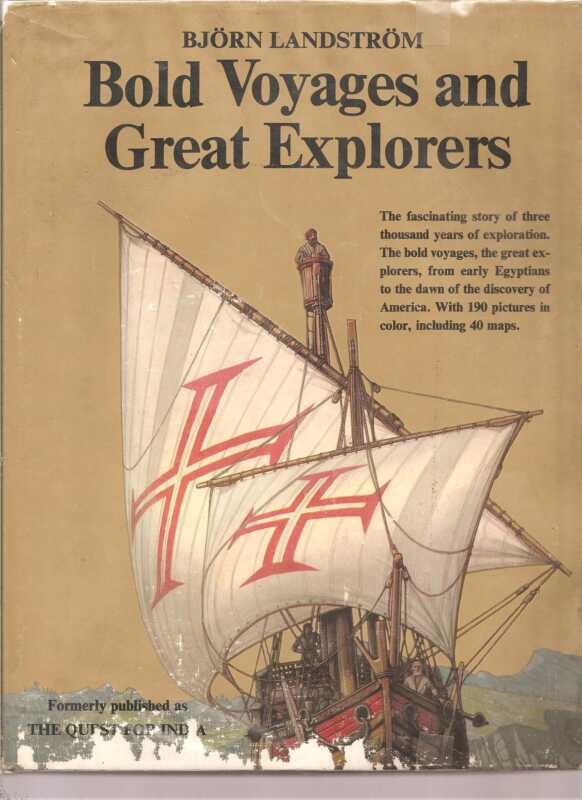
When did sea voyages for passengers begin?
One of the earliest documented examples of passenger sea travel dates back to ancient Egypt, where river boats were used to transport people along the Nile over 4,000 years ago. During the Roman Empire, and Ancient Greece. ships were also used to transport passengers in the Mediterranean Sea. Also Middle Ages
However, if we focus specifically on transoceanic sea voyages, the beginning is usually attributed to the age of great discoveries and the era of explorers in the 15th and 16th centuries. During this period, explorers such as Christopher Columbus, Vasco da Gama, Ferdinand Magellan, and others made voyages that opened up new sea routes to faraway lands.
As sea routes were discovered and established, transoceanic travel for passengers became more common during later centuries, such as the 17th century. European colonies in the Americas and other parts of the world needed to maintain regular connections with their home countries, which involved transporting people and goods by sea.
Sea voyages for passengers in the 17th century were quite different from modern travel experiences.
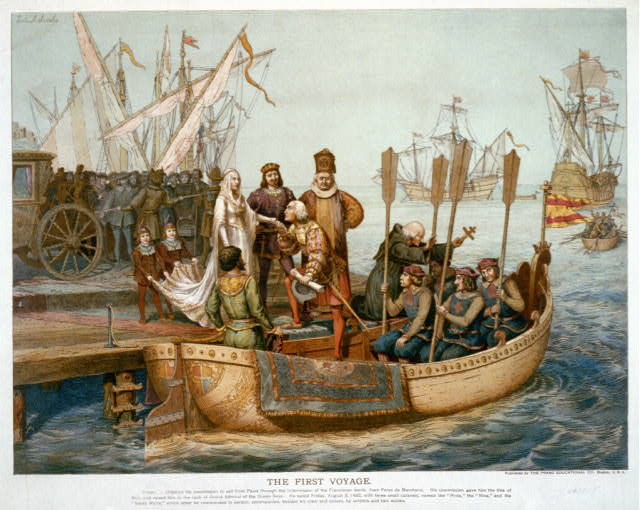
What were passenger ships like in the 17th century?
They were typically built with multiple masts and square-rigged sails. These ships were designed for long-distance travel and were often equipped with cannons for defense against piracy. It’s important to note that the exact features and conditions of passenger ships could vary depending on factors such as the purpose of the voyage, the social class of the passengers, and the specific time and location.
How were passenger ships built in the 17th century?
Most passenger ships in the 17th century were wooden sailing vessels..The size of passenger ships varied, but they were generally smaller compared to modern cruise ships. They could range from small merchant vessels converted to accommodate passengers to larger ships specifically built for passenger transport. The capacity of these ships could range from dozens to a few hundred passengers.
Passenger ships during this period had limited facilities and amenities. There were typically no private cabins or individual bathrooms. Sanitation facilities were basic, consisting of simple latrines or buckets. Clean water was scarce and rationed.
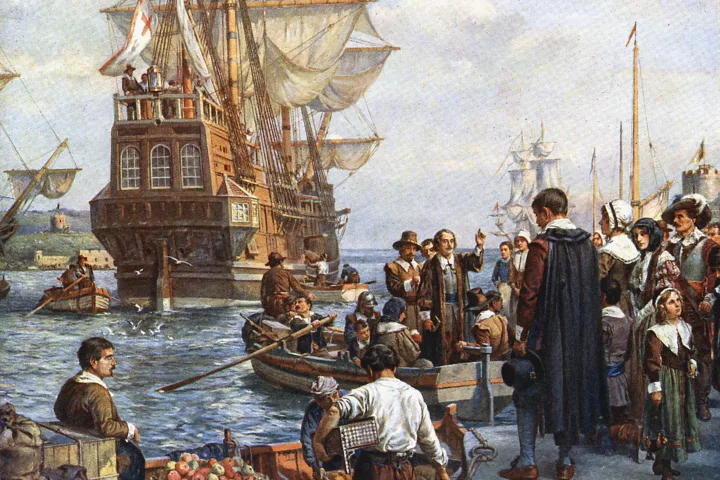
What were the Common Areas on ships of the 17th century like?
Passenger ships had communal areas where passengers could gather and socialize. These areas included the main deck, where passengers could enjoy fresh air and observe the surroundings. Some ships had a designated area for dining, although meals were often simple and served in mess halls.
What was the duration of the voyages on ships in the 17th century?
In the 17th century, a voyage from New York to London could take anywhere from six to ten weeks, although it could also take longer depending on weather factors, condition of the ship, presence of Pirates or war situations at sea.
It is important to note that New York (formerly known as New Amsterdam) was not established as an English colony until 1664. Before that, the city was part of the Dutch colony of New Netherland.
Sea voyages in the 17th century could be lengthy and unpredictable. Transoceanic journeys could take several weeks or even months, depending on weather conditions, wind patterns, and the route taken. Passengers had to be prepared for an extended period at sea. It must be taken into account that the voyage of Christopher Columbus lasted 40 days and that of Magellan more than two years, with periods of three months without touching the mainland. Safety measures on 17th-century passenger ships were rudimentary compared to modern standards. Lifeboats were not yet common, and the emphasis was on survival in case of a shipwreck rather than prevention. Passengers were advised to bring their own life vests or personal floatation devices.
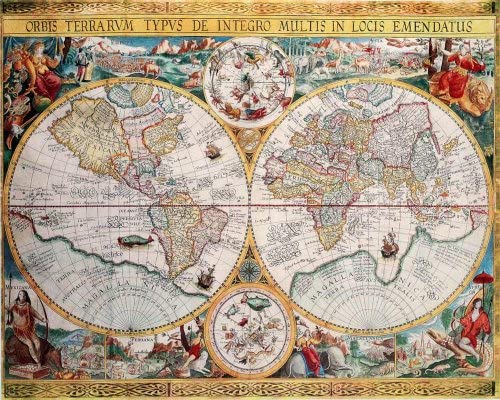
What were the Meals and provisions on a 17th century ship
- Hardtack: Hardtack was a staple food on board ships in the 17th century. It was a type of dry biscuit or cracker made from flour, water, and sometimes salt. Hardtack had a long shelf life and could withstand the damp conditions at sea.
- Salted Meat and Fish: To ensure a stable food supply, meat and fish were preserved through salting. Beef, pork, and salted fish like cod or herring were commonly served. These meats were soaked in water to remove excess salt before cooking.
- Legumes and Grains: Legumes such as beans, lentils, and peas were a source of protein and nutrients on board. Grains like rice and barley were also common, as they were easy to store and had a long shelf life.
- Cheese: Cheese was another preserved food item that could last for extended periods without refrigeration. Hard cheeses like cheddar or Parmesan were often carried on ships.
- Dried Fruits and Nuts: Dried fruits like raisins, prunes, and apricots were common on long voyages, providing some variety and a source of vitamins. Nuts such as almonds and walnuts were also included in the provisions.
- Cows:In ancient ships, cows were carried on board as a way of ensuring a supply of fresh meat and dairy products during long voyages. This practice was very common on ships making transoceanic or exploratory voyages, where the duration of the voyage could be long and fresh supplies were scarce.
Sea Voyages for Passengers Ancient Times: Water:on Board
Fresh drinking water was crucial for the crew and passengers, but it was difficult to store and preserve over long periods. Water was typically stored in barrels or casks, and efforts were made to keep it clean and avoid contamination.

In the old ships they carried beer?
In ancient ships, beer used to be carried as a common drink for sailors and passengers during voyages. Beer was a popular choice due to its ability to keep for long periods of time and its nutritional value.
During sea voyages, drinking water could be scarce and prone to contamination. Beer, being fermented, offered a safer alternative for hydration, as the fermentation process and alcoholic content helped kill bacteria and other harmful microorganisms. In addition, the beer provided necessary calories and nutrients, such as carbohydrates and B vitamins.

Beer yes, water no
Beer on ships was stored in barrels, which were easier to transport and preserve compared to other containers. Sailors and passengers drank beer instead of water during meals and at different times of the day.
It is important to note that the beer on ancient ships was not like the modern beer we know today. It could have a lower alcohol content and its flavor and characteristics could differ from current beers.
Indian pale ale on board
For long ocean voyages, the decision was made to increase the alcohol content to further preserve the drink over time. It can be deduced that in this type of trip both the crew and the passengers were slightly alcoholic all the time. One type of beer of this style is the Indian Pale Ale IPA.
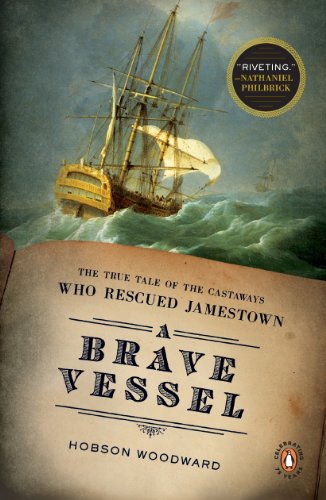
Does Porto wine have to do with sea voyages?
Porto wine is closely associated with sea travel and maritime trade in the past. Port wine is produced in the Douro Valley wine-growing region of Portugal and was traditionally shipped through the ports of Porto and Vila Nova de Gaia.
During the 17th and 18th centuries, port wine became very popular in Britain. English merchants imported large quantities of port wine and became major players in the region’s wine trade. These maritime merchants began adding brandy to port wines to preserve their flavor and quality during the long sea voyages from Portugal to England.
The addition of brandy to port wines not only helped preserve the wine during transport, but also created a sweet, fortified style of wine that became the hallmark of port wine. This fortification technique allowed port wine to withstand the adverse conditions of sea travel and arrive in good condition at its final destination.
The port wine trade benefited greatly from advances in navigation and shipping. Ships became an efficient way to transport large quantities of wine from Portugal to faraway destinations, such as England and other European countries.
Today, Port wine remains an internationally recognized and iconic drink, and its history is closely linked to maritime trade and travel in the past.
How did the passengers sleep on a 17th century ship?
On a 17th-century ship, passengers slept in various ways, depending on their social class and the available accommodations. Here are some common sleeping arrangements on 17th-century ships:
- Hammocks: Hammocks were a popular sleeping option for sailors and lower-class passengers. They were hung from hooks or ropes and allowed multiple hammocks to be stacked on top of each other, maximizing space. Hammocks were typically located in communal areas below deck.
- Bunks: In some cases, ships had bunks or berths, which were small sleeping compartments or beds built into the ship’s structure. Bunks provided a bit more privacy compared to hammocks but were still shared by multiple passengers. Bunks were more common for higher-ranking officers or wealthier passengers.
- Sleeping on Deck: Passengers, especially those of higher social status, might have had the option to sleep on deck in fair weather. They could bring their own bedding or use provided mattresses or blankets. Sleeping on deck offered fresh air and some privacy during the voyage.
- Shared Spaces: In many cases, passengers had to sleep in shared spaces, such as the main cabin or communal areas below deck. These spaces could be crowded, with rows of hammocks or improvised sleeping areas set up for passengers. Privacy was minimal in such arrangements.
- That the sleeping conditions on 17th-century ships were often cramped, uncomfortable, and lacking in privacy. Passengers had to adapt to the limited space and sometimes challenging conditions during their voyage. The specific sleeping arrangements could vary depending on the ship’s design, the social class of the passengers, and the purpose of the journey.
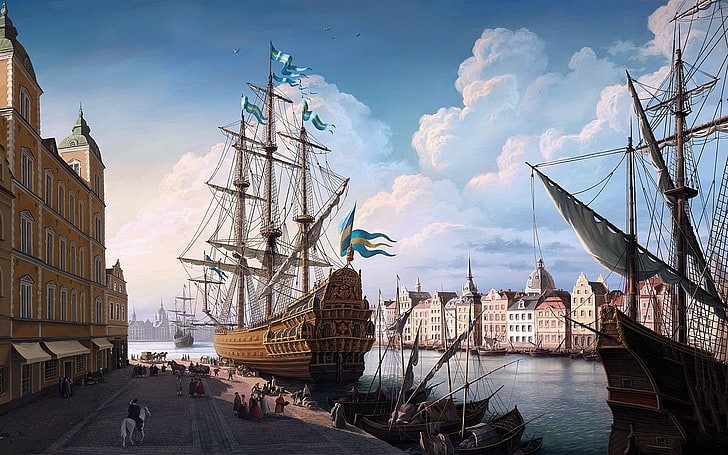
How was the entertainment on ships in the seventeenth century?
Entertainment on ships in the seventeenth century was limited compared to what we have today, but various activities were available to help pass the time during long voyages. Here are some forms of entertainment commonly found on ships during that period:
- Storytelling: Passengers and crew members would often gather together to share stories and anecdotes. These stories could include personal experiences, legends, or folktales. It was a way to entertain and pass the time while fostering a sense of community on board.
- Music and Singing: Music was a popular form of entertainment on ships. Crew members or passengers who played musical instruments, such as fiddles or flutes, would perform for the others. Singing songs and sea shanties was also common, providing a sense of rhythm and camaraderie.
- Games and Gambling: Various games and card games were played on board ships to keep people entertained. Examples include dice games, card games like whist or cribbage, and board games like chess or backgammon. Gambling was also prevalent, although it was sometimes restricted or regulated to avoid conflicts.
Other entertainments
- Reading and Writing: Passengers often brought books, journals, or letters with them on long voyages. They would spend time reading, writing in their journals, or exchanging letters with family and friends. This provided a solitary form of entertainment and a way to document their experiences.
- Observation of Marine Life and Nature: Passengers could find entertainment in observing marine life, such as dolphins, whales, or seabirds. The changing landscape and weather conditions also provided a source of interest and fascination during the journey.
- Religious Services and Reflection: For those with religious beliefs, attending religious services and engaging in prayer or reflection provided a form of entertainment and solace. Religious gatherings were often held on board ships to cater to the spiritual needs of passengers and crew.
It’s important to note that the availability of entertainment on ships varied depending on factors such as the ship’s size, the social class of the passengers, and the purpose of the voyage. Additionally, entertainment options were limited compared to today’s standards, and activities often focused on fostering social connections and occupying the mind rather than elaborate forms of entertainment.
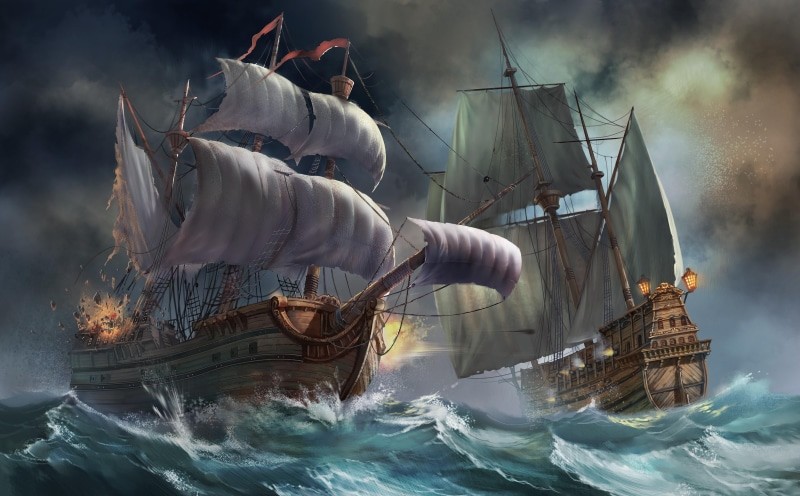
Conditions at sea
Traveling by sea during this period was challenging and uncomfortable. The ships were subject to rough seas, and passengers had to endure constant motion, making many people susceptible to seasickness. The conditions onboard were often unhygienic, with limited access to fresh water for bathing and washing.
Dangers and risks
Sea travel in the 17th century carried inherent risks. Storms, shipwrecks, and pirate attacks were constant concerns. Disease and illness were also common on board, with outbreaks of scurvy and other ailments due to the lack of fresh food and proper sanitation.
It’s important to note that conditions could vary depending on the type of ship, the route, and the socioeconomic status of the passengers. The experiences of wealthy or high-ranking individuals may have been slightly more comfortable, with access to better accommodations and provisions.
What was the first network of commercial ships in history?
The first network of commercial ships in history can be traced back to the ancient Phoenicians. The Phoenicians, who were skilled seafarers and traders, established a maritime trading network around the Mediterranean Sea as early as the 12th century BCE. They developed a system of trade routes and colonies that allowed for the exchange of goods and resources among different regions.
The Phoenicians’ network of commercial ships played a crucial role in their trading activities. They sailed along established routes, connecting ports and facilitating trade between various civilizations, including Egypt, Greece, Mesopotamia, and other Mediterranean societies. The Phoenicians’ ships, known as galleys, were equipped with sails and oars, allowing them to navigate the sea and rivers efficiently.
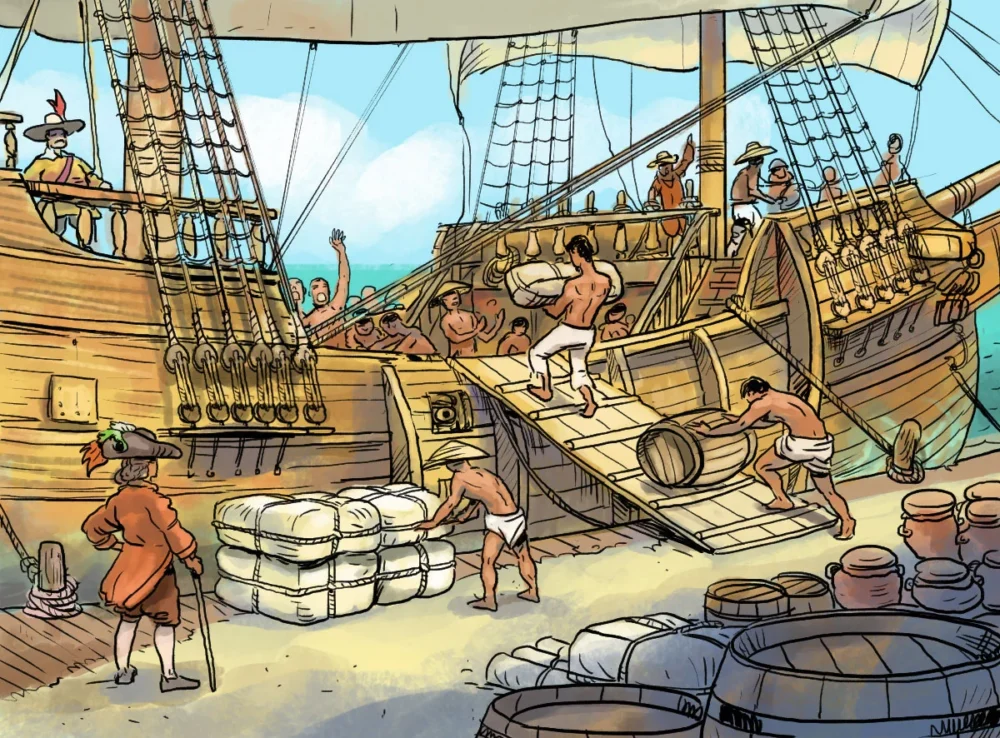
This maritime network contributed to the growth of Phoenician civilization and their dominance in trade during ancient times. Their ships transported valuable commodities such as metals, timber, textiles, spices, and luxury goods, establishing the foundation for early international trade networks. The Phoenician maritime network served as a model for subsequent civilizations and played a significant role in the development of global trade
What was the first Modern network of commercial ships in history?
Spain’s cargo and passenger ship network was the first permanent trade route in history, operating from 1560 to 1792. It remains the most successful naval operation up to that time.
As mentioned earlier, the Phoenicians had established a maritime trading network in the Mediterranean Sea around the 12th century BCE, connecting various civilizations and facilitating trade. Additionally, other ancient civilizations such as the Egyptians, Greeks, Romans, and Chinese had well-established trade routes that predate Spain’s emergence as a maritime power.
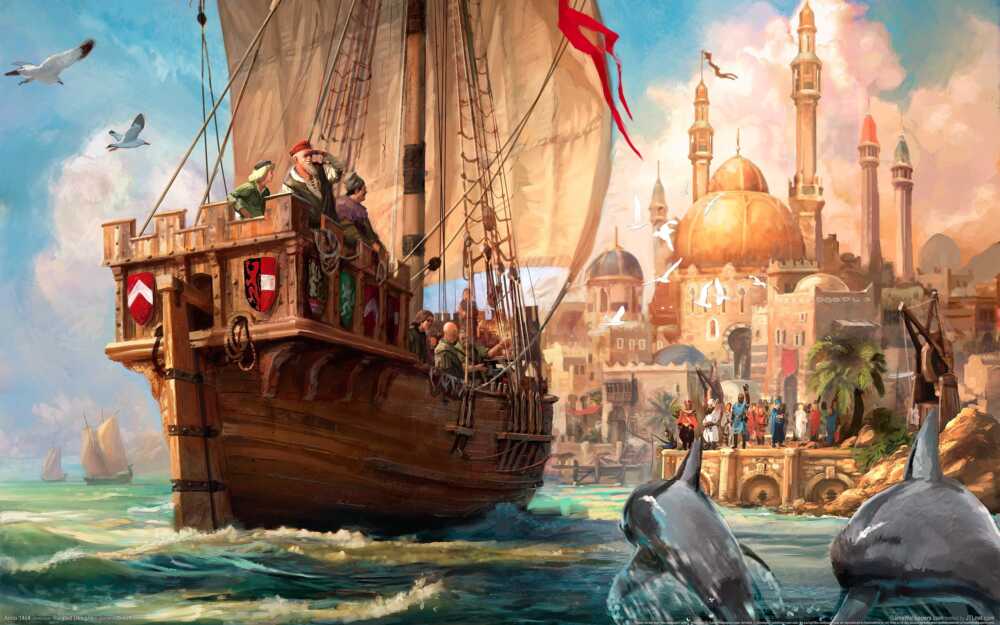
The Silk Road, which connected the East and West and facilitated trade between Europe and Asia, existed for centuries before Spain’s prominence. It dates back as early as the 2nd century BCE, serving as a vital trade route for goods, ideas, and cultural exchange between the civilizations of Asia, Europe, and Africa.
Furthermore, during the Age of Exploration in the 15th and 16th centuries, European powers like Portugal and Spain expanded their maritime networks, discovering new trade routes and establishing colonies around the world. While these networks were significant, they built upon existing trade routes and were not the first permanent trade routes in history.
Related Links









